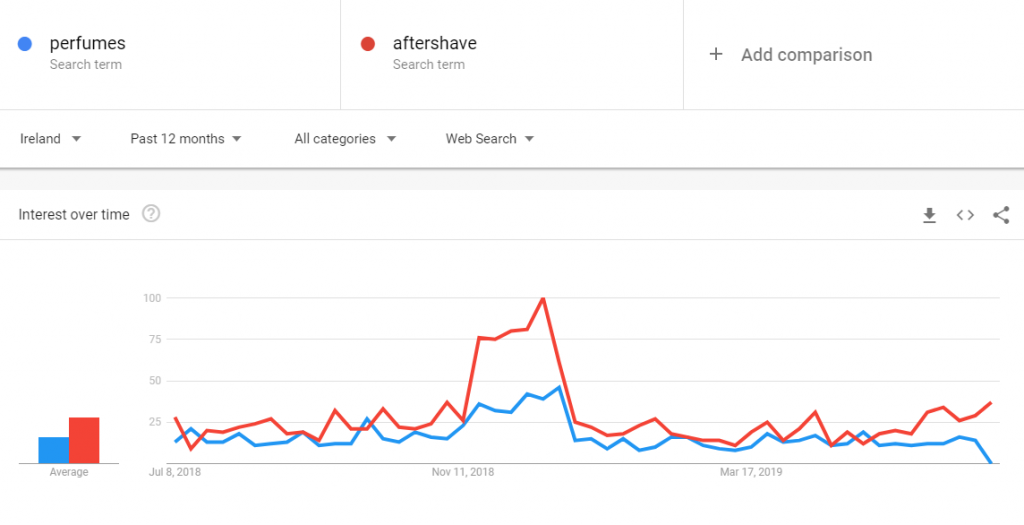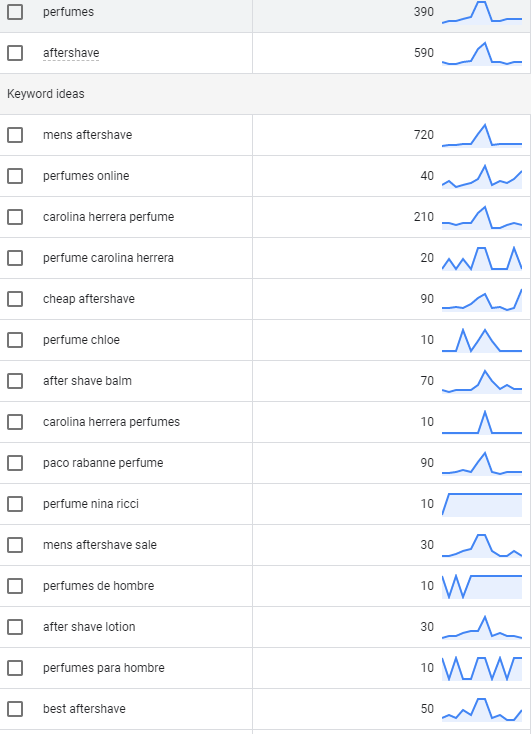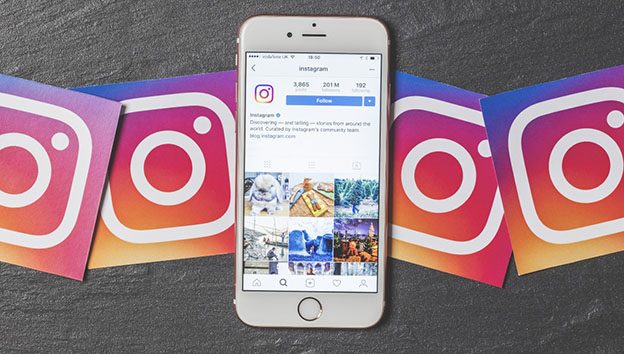Seasonality | Making the Most of your Digital Marketing Budget

The term, Seasonality, is often used by marketing professionals and typically describes a set of recurring sales increases as a result of the changing needs of customers.
As the calendar year unfolds, the way we live our lives changes in regular patterns, whether we like it or not. Understanding these changes and predicting when they are likely to occur empowers marketing professionals to make intelligent marketing decisions.

Strategy, sales promotions and more can be planned and implemented effectively using historical seasonal data.
Consider that a retail clothing store running a sales promotion and actively marketing their woolen jumper range in the height of summer is very unlikely to yield results.
While the example given above is quite clear, many seasonal predictions aren’t quite as straightforward. When the seasonal lines are blurred, marketers must rely on other methods to gain insight. Thankfully, there are a range of online tools that can help, some of which we’ve mentioned before.
Google Trends is an incredibly valuable tool when deciphering seasonality and making decisions. It’s clear cut interface showcases the peaks and troughs of search interest surrounding whatever keywords you choose.
Google Trends Seasonal Search trend for perfumes & aftershaves in Ireland.

Here we can see the almost constant search interest for perfumes and aftershaves throughout the year until November. As Christmas approaches, search interest soar and interestingly aftershave was more often sought online than perfume. Factoring this growth in consumer interest and tailoring marketing campaigns to capitalise on this growth in search interest will set you above the rest.

Deeper insight can be gained through Google’s Keyword Planner. The table below showcases the seasonal trends associated with both “perfumes” and “aftershave” keywords. In addition, Google also offers the seasonal trends of a range of closely related keywords giving a clearer picture.

Now that we’ve gained an insight into the high seasons for both perfume and aftershave, we can focus on getting the most in return for your efforts. While this information should be used for all marketing efforts, we’re just going to focus on your online marketing here.
First off, let’s look at what we know. We know that our customers will be searching frantically for perfumes and aftershaves over a 6-week period before Christmas. We know that searches for perfume and aftershaves will diminish and become practically non-existent in January, and we know that the search interest is on a steady incline prior to the six-week hot period.
Our main aim here has to be to maximize traffic and sales for the company’s perfume and aftershave range during the 6 weeks prior to Christmas. Planning and scheduling campaigns is key during this period. Create and schedule your email marketing campaigns well in advance, decide on whatever sales promotions you will have and update your Google Ad copy to amplify such promotions.
Remember profitability underpins effective Digital Marketing. We know that consumers are steadily buying during this period and less so when January arrives. Tailoring your budgets to spend more during the 6-week frantic period and less so through January into February, is a simple yet effective way to become profitable.

Finally, consider your customers in the research phase of the buying cycle. During this period your customers are comparing prices, seeking out the best value and anticipating making their purchase. Although not necessarily making purchases during this period, you should endeavour to be found as a contender. Doing so, will impact your overall pre-Christmas revenue from digital marketing.
“Spend more of your budget during the time your customers want to buy, and less when they don’t.”
So, there you have it, seasonality should play a vital role in your digital marketing efforts. Not only from a customer acquisition perspective, but tailoring your marketing budgets, messages and strategies to capitalize on surges in consumer search will impact your bottom-line revenue.




 Is Your Business Treading Water when it Comes to Digital Marketing
Is Your Business Treading Water when it Comes to Digital Marketing 7 Top Tips for an Instagram business page
7 Top Tips for an Instagram business page A quick guide to setting up & using Hootsuite
A quick guide to setting up & using Hootsuite